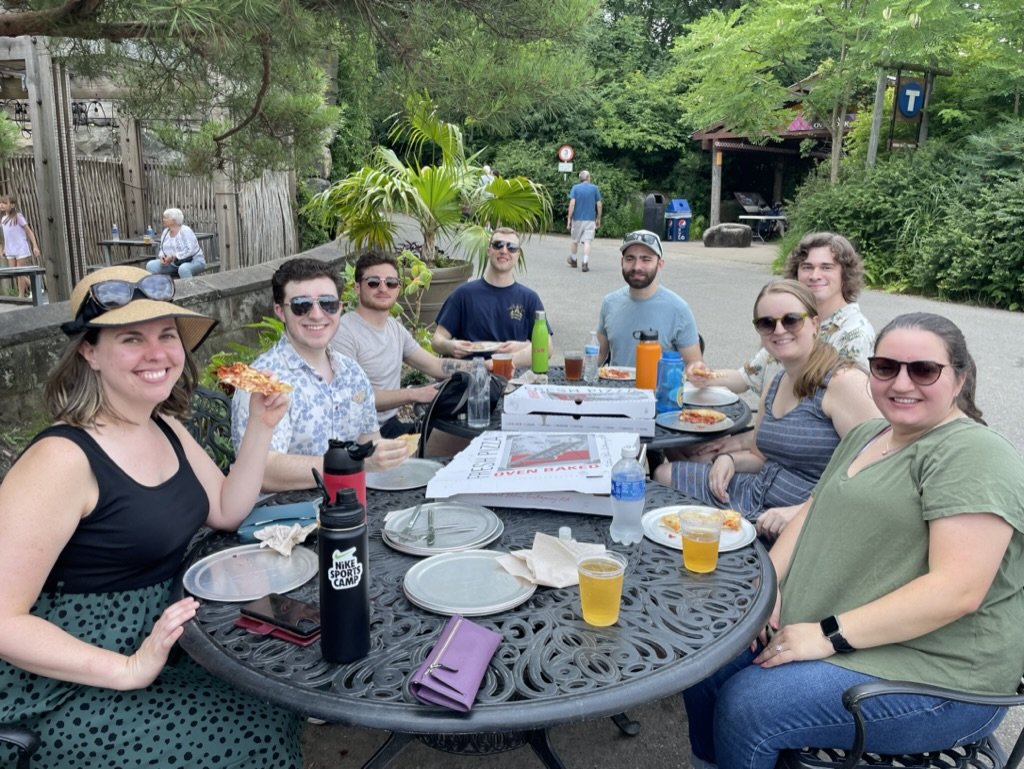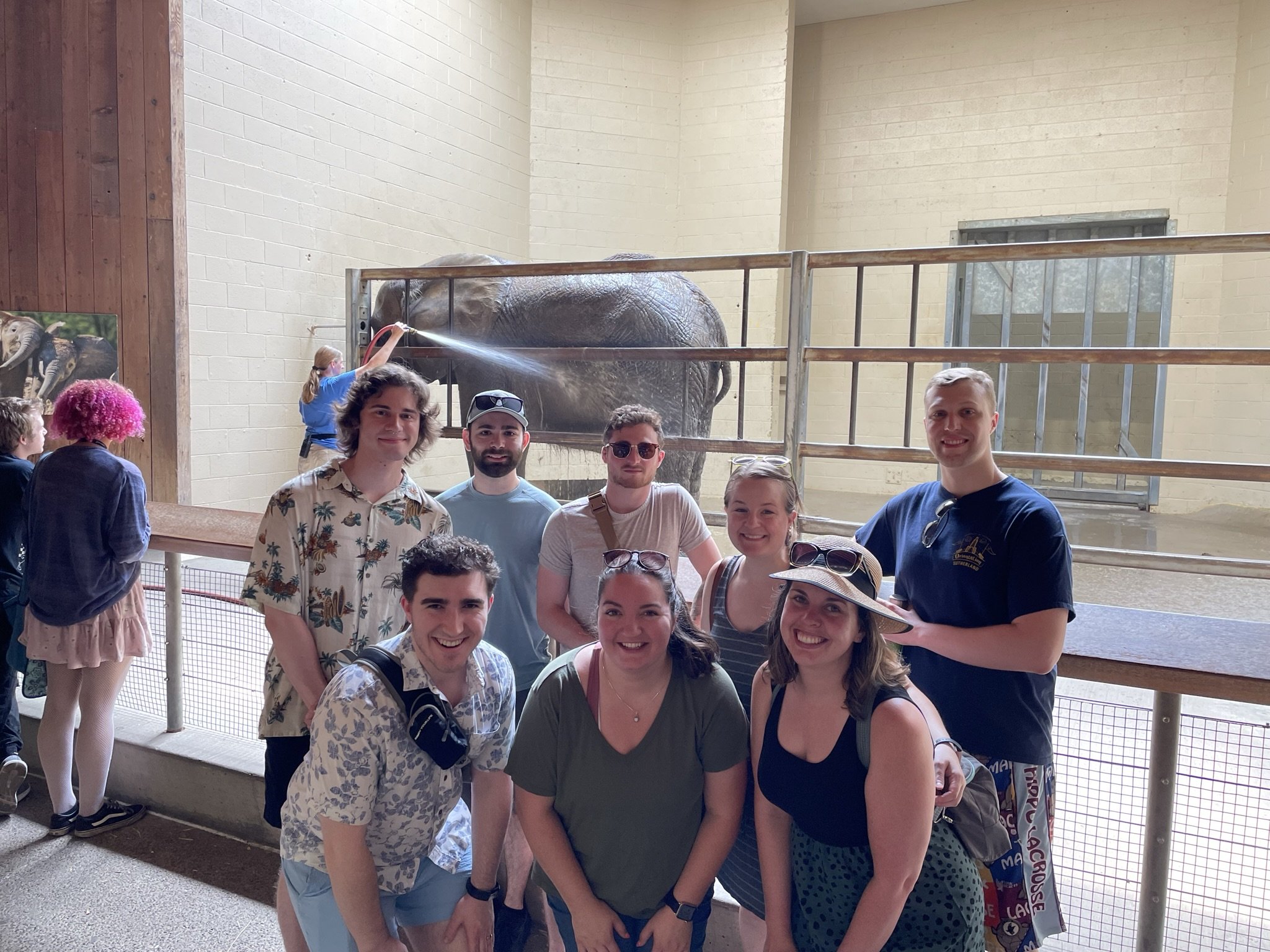We have a new study out today in @NatureComms that is a collaborative effort between Cindy McMillen in my lab and Nate Chapman in Jim Crowe’s lab at Vanderbilt.
The Crowe Lab published a study in 2021 that isolated human monoclonal antibodies from humans that were either vaccinated or naturally infected with Rift Valley fever virus. One of the most potent neutralizers was RVFV-268 (IC50<1 ng/ml).
We tested the ability of RVFV-268 to protect pregnant rats from RVFV infection and in utero transmission. Cindy developed rat placenta slice cultures and showed that RVFV-268 can prevent infection of placental tissue ex vivo.
She then injected RVFV-268 into rats and showed that it rapidly crossed the placenta and can be found in the fetal tissues within 6 hours.
When pregnant rats were given RVFV-268 2 hours BEFORE RVFV infection, or +6 and +24 hours AFTER infection, both dams and fetuses were protected, with only a small amount of breakthrough viral RNA in the +24h group.
Thus, delivery of mAb RVFV-268 as late as 24 h after inoculation with RVFV can remarkably reduce both maternal and fetal infection.
Our conclusions:
• RVFV-268 rapidly reaches placental and fetal tissue after injection
• It prevents maternal and fetal infection in a dose-dependent manner.
• It also prevents vertical transmission when given up to 24 h after RVFV challenge.
This single highly potent neutralizing mAb RVFV-268 is potentially useful for either prophylaxis and/or therapy during pregnancy based on our rat model.




















